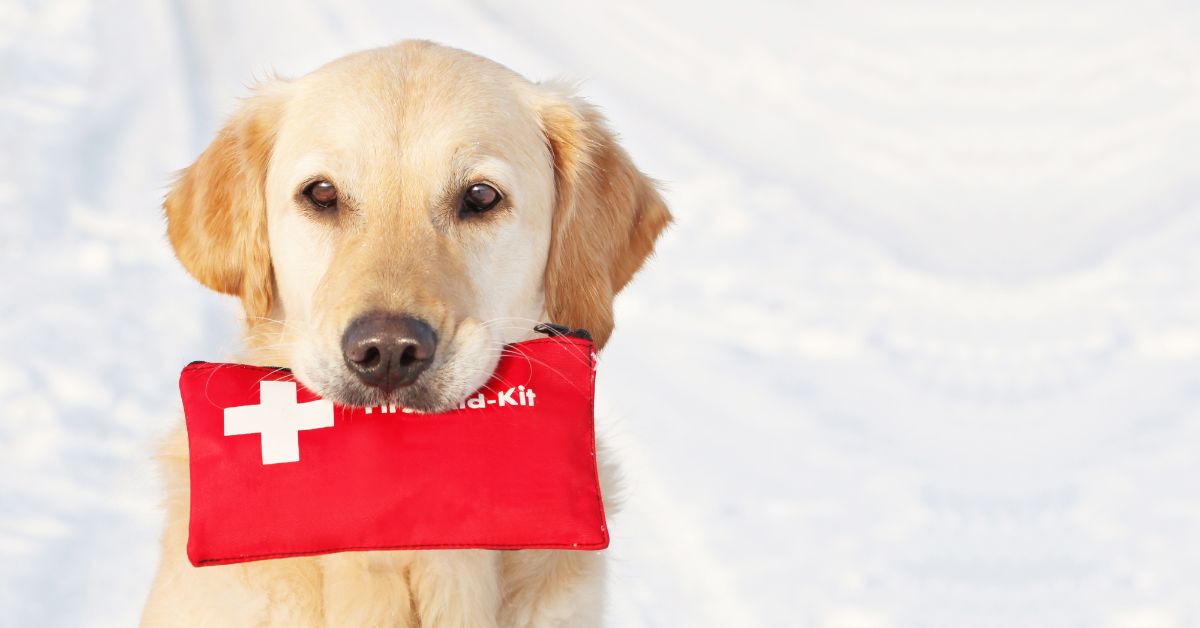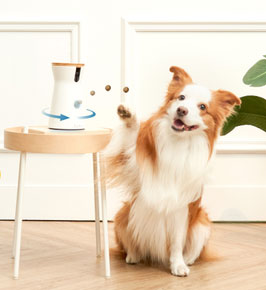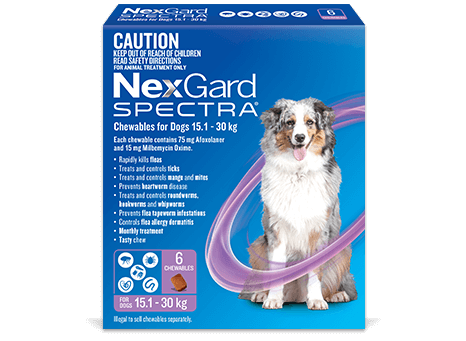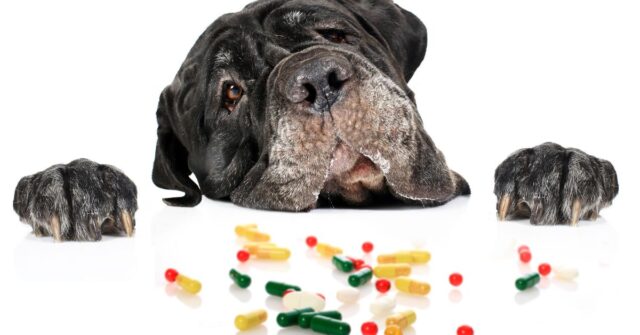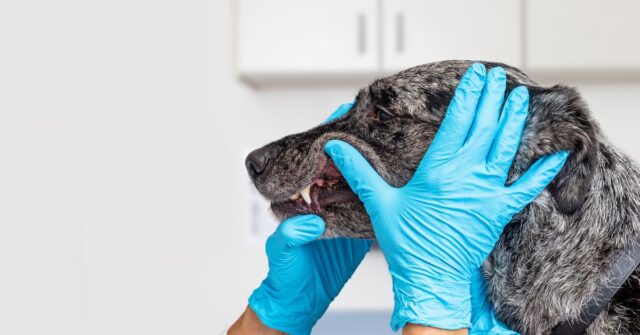When it comes to our furry friends, ensuring their safety and well-being is always a top priority.
This comprehensive guide is designed to equip dog owners in Australia with the essential first-aid knowledge needed to handle common emergencies and maintain the health of their pets.
Introduction
Understanding the basics of first aid for dogs is crucial for every pet owner. Accidents can happen anytime, and being prepared can make all the difference in ensuring your dog’s safety and well-being.
Importance of First Aid for Dogs
Just like humans, dogs can experience accidents and medical emergencies. Knowing how to provide first aid can be lifesaving while you wait for professional medical help.
It’s especially important in Australia, where unique wildlife and environmental conditions present specific challenges and dangers to our pets.
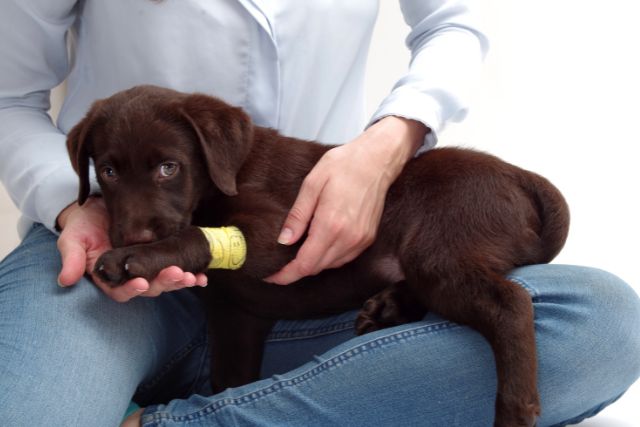

Understanding Your Role as a Dog Owner
As a dog owner, it’s your responsibility to provide care and protection for your pet.
This includes being aware of potential hazards, keeping your pet’s vaccinations up to date, and knowing how to respond in case of an emergency.
Common Emergencies in Dogs
Dogs can encounter a variety of emergencies, such as injuries from accidents, bites or stings from wildlife, or ingestion of poisonous substances.
Recognizing the signs of these emergencies and knowing how to respond is crucial for every dog owner.
Preparing a First Aid Kit for Your Dog
Having a well-stocked first aid kit for your dog is an essential part of being prepared for emergencies.
It should include basic supplies to address injuries and illnesses, tailored to the specific needs of your pet and the Australian environment.
Essential Items to Include
Your dog’s first aid kit should include items such as gauze, adhesive tape, scissors, tweezers, disposable gloves, and antiseptic wipes.
You should also include any medications your dog is currently taking, as well as a copy of their medical records.
Additional Items for Australian Dog Owners
In Australia, it’s also wise to include items such as tick removal tools and snake bite kits, given the prevalence of these dangers in the environment.
Make sure you know how to use these items and are familiar with the signs of tick paralysis and snake bites in dogs.
Storing and Maintaining Your First Aid Kit
Your dog’s first aid kit should be stored in an easily accessible location and checked regularly to ensure all items are in good condition and have not expired. Replace any used or outdated items promptly.
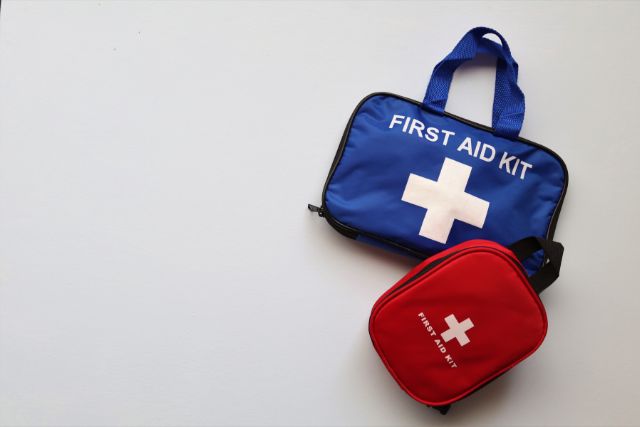

Basic First Aid Techniques
Knowing basic first aid techniques is essential for responding effectively to emergencies. Here are some fundamental skills that every dog owner should be familiar with:
Assessing the Situation
Stay calm and assess the situation carefully. Approach your dog slowly and gently, speaking in a calm and reassuring voice.
Ensure the environment is safe for both you and your dog before attempting to provide aid.
Approaching an Injured Dog Safely
Even the gentlest dog may bite when in pain or scared. If your dog is showing signs of aggression, it may be safest to wait for professional help.
If you must approach, do so slowly and cautiously, and consider using a muzzle if necessary.
Checking Vital Signs
Knowing how to check your dog’s vital signs, including heart rate, respiratory rate, and temperature, is crucial.
The normal heart rate for a dog is between 70-120 beats per minute, the respiratory rate should be 10-30 breaths per minute, and the normal body temperature is around 37.5-39.2°C.
Performing CPR on Dogs
In case of cardiac arrest, CPR may be necessary. Place your dog on their side and perform chest compressions at a rate of 100-120 compressions per minute.
If trained, you may also give rescue breaths after every 30 compressions.
Bandaging and Wound Care
If your dog has a wound, apply gentle pressure with a clean cloth to stop any bleeding. Clean the wound with saline solution and apply an antiseptic ointment.
Cover with a clean bandage, making sure not to wrap it too tightly.


Handling Choking Hazards
If your dog is choking, open their mouth carefully and check for any visible obstructions. If you can see and safely remove the object, do so carefully with tweezers.
If the object is not easily accessible, or your dog continues to choke, seek immediate veterinary attention.
Managing Heatstroke
Heatstroke is a serious concern in Australia. If your dog is panting excessively, drooling, or showing signs of distress, move them to a cool, shaded area and offer small amounts of water.
Apply cool (not cold) water to their body and seek immediate veterinary attention.
Dealing with Poisons and Toxins
If you suspect your dog has ingested a poisonous substance, contact a veterinarian or poison control centre immediately. Do not attempt to induce vomiting unless instructed to do so by a professional.
Common Injuries and Illnesses in Australian Dogs
Australia’s unique wildlife and environment can pose specific threats to dogs. Here are some common issues to be aware of:
Snake Bites
Snake bites can be fatal to dogs. If you suspect your dog has been bitten by a snake, keep them calm and immobilized, and seek immediate veterinary attention.
Do not attempt to suck out the venom or apply a tourniquet.
Tick Paralysis
Tick paralysis is caused by the bite of the paralysis tick, which is common in certain regions of Australia.
Symptoms include weakness, loss of coordination, and difficulty breathing. If you find a tick on your dog, remove it immediately using a tick removal tool and seek veterinary attention.
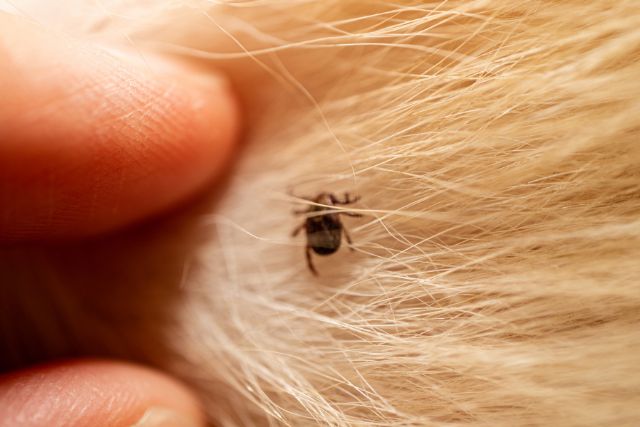

Heatstroke and Dehydration
Given Australia’s hot climate, heatstroke and dehydration are common issues. Ensure your dog has access to fresh water at all times and avoid exercising them during the hottest parts of the day.
Be aware of the signs of heatstroke and dehydration, and respond promptly if you notice any symptoms.
Scratches and Wounds from Wildlife
Dogs may get scratches or wounds from encounters with wildlife. If this happens, clean the wound thoroughly and seek veterinary attention to ensure it does not become infected.
When to Seek Professional Help
While basic first aid knowledge is essential, there are situations where seeking professional help is crucial. Here’s how to recognize when it’s time to call a vet:
Recognizing the Signs of Serious Illness or Injury
If your dog is showing signs of severe distress, such as difficulty breathing, loss of consciousness, or profuse bleeding, seek veterinary attention immediately.
Additionally, if your dog has ingested a poisonous substance or has been bitten by a snake, time is of the essence.
Finding a Vet in Australia
Make sure you know the location and contact information of your nearest veterinary clinic, as well as the details of an emergency vet clinic for after-hours emergencies.
Keep this information in an easily accessible location.
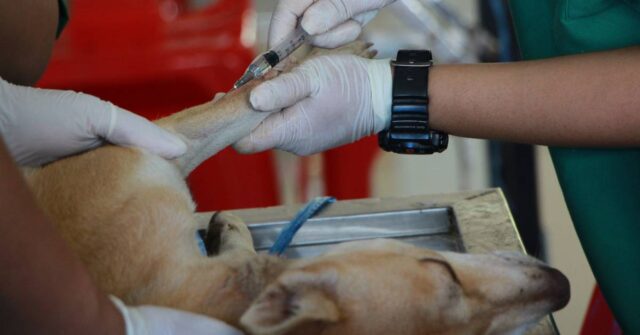

Emergency Services for Pets
In Australia, there are also emergency services available for pets. Familiarize yourself with these services in your area and keep their contact information handy.
Preventative Measures and Ongoing Care
Prevention is always better than cure. Here are some ways to ensure your dog remains healthy and safe:
Vaccinations and Regular Check-Ups
Ensure your dog is up to date on all their vaccinations and take them for regular check-ups with their veterinarian. This is crucial for preventing illness and catching any potential issues early.
Diet and Exercise
Providing a balanced diet and regular exercise is essential for maintaining your dog’s health.
Avoid feeding them toxic foods such as chocolate, onions, and grapes, and ensure they get plenty of exercise to keep them fit and healthy.
Training and Socialization
Training and socializing your dog from a young age can prevent behavioural issues and ensure they are well-adjusted and safe to be around. It also helps you to manage them more effectively in emergencies.
Keeping Your Dog Safe in the Australian Environment
Be aware of the specific dangers posed by the Australian environment, such as snakes, ticks, and extreme heat. Take precautions to protect your dog and be vigilant about their health and well-being.
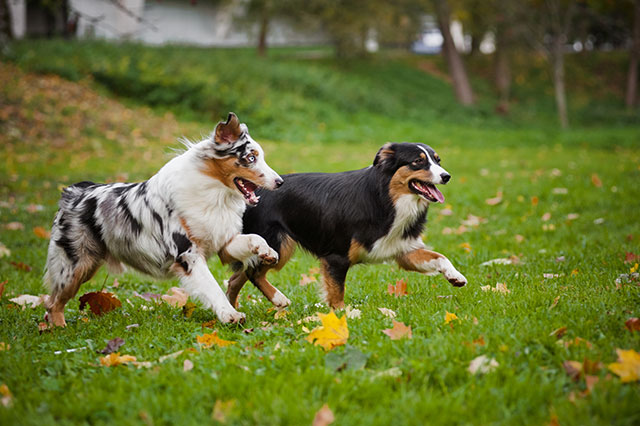

Conclusion
In conclusion, being prepared and knowledgeable about first aid for dogs is crucial for all pet owners, especially in Australia where unique environmental challenges exist.
By following these essential tips and being proactive about your dog’s health and safety, you can ensure a happy and healthy life for your furry friend.
Recap of Key Takeaways
This guide has covered everything from preparing a first aid kit and performing basic first aid techniques to recognizing common injuries and illnesses in Australian dogs, and knowing when to seek professional help.
Remember, prevention is key, and being prepared can make all the difference.
The Importance of Being Prepared
Accidents and emergencies can happen at any time, and being prepared is crucial.
Keep a well-stocked first aid kit on hand, know the basics of dog first aid, and be aware of the specific challenges posed by the Australian environment.
Encouraging Responsible Dog Ownership
Finally, this guide serves as a reminder of the responsibilities that come with dog ownership.
By taking proactive steps to ensure your dog’s safety and well-being, you are providing them with the best possible care and strengthening the bond between you and your furry friend.
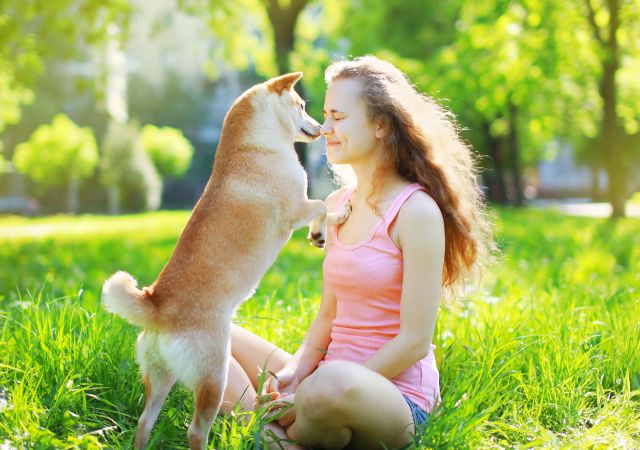

Resources and Further Reading
For those interested in learning more about dog first aid and safety, there are plenty of resources available. Here are some recommendations:
Books and Guides on Dog First Aid
There are many comprehensive books and guides available that cover the basics of dog first aid, as well as specific challenges and emergencies. Look for titles from reputable authors and organizations.
Online Courses and Workshops
Consider enrolling in an online course or workshop on dog first aid. These courses can provide hands-on experience and practical knowledge to further enhance your skills.
Professional Organizations and Support Groups
Joining a professional organization or support group for pet owners can provide access to a wealth of knowledge and resources, as well as a supportive community of fellow dog lovers.

